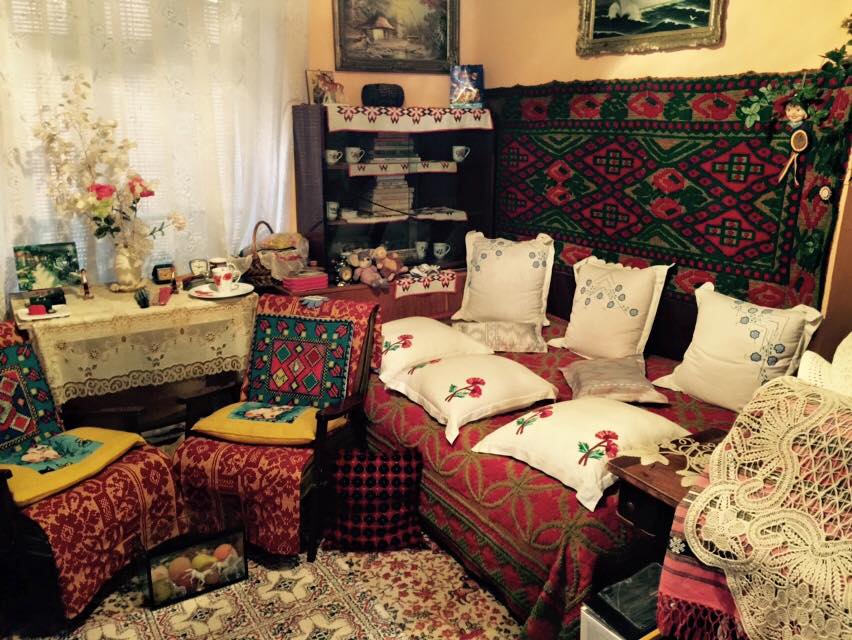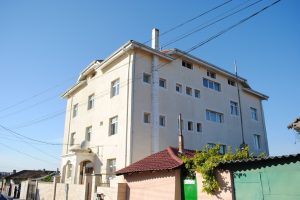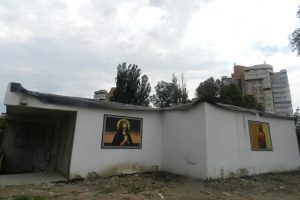

Founded with the works executed by the members of the Union of Plastic Artists from Bucharest, on the occasion of the documentations made, in the summer of the year 1960, on the territory of Dobrogea, the collection comprises paintings, sculptures, and contemporary Romanian graphics.
The commune Limanu (Caracicula) was formed from the villages Caracicula, Ilanlac, Hagilar and Două Mai. The bases of the establishment were put by 35 German families from Basarabia. In the year 1938 the name of the commune is transformed in Limanu and the associated villages became: Limanu, Hagieni, Vama Veche and 2 Mai, names which are kept even in the present.
According to the historical documents, the commune Limanu was certified for the first time in the year 1863. In the year 1887, in the area came approximately 35 German families from Basarabia who populated the locality. In the year 1894, they migrated, leaving the place for the Romans who came from the left of the Danube and, who, at that moment, were put in the possession of land. In the Turkish language, “caracicula” means “black elm tree”. The village Ilanlac was founded in the year 1811 by a couple of families of Gagauz people, further on the establishment being populated by Romans. The locals were put into the possession of land each with 25 up to 100 hectares of arable land. According to the documents, in the region there were found many snakes, which is why the village was called Ilanlac, or the place full with snakes. As for the Hagilar village is concerned, this was founded during the Ottoman domination, in the year 1824. It is the only village in which the population remained entirely formed of Tatars. The word “hagilar” means the “village of hagii” and, according with the specialists, this name comes from the fact that more Tatars from here were in pilgrimage at Mecca. As for the village Două Mai is concerned, this was founded in the year 1887 by Mihail Kogălniceanu and it was populated by the castrated Russians, who were brought from Bucharest, Iași and Galați. In the year 1916 the population was formed from 1860 souls, among which 1005 were men and 855 were women. In the year 1992, the commune didn’t dispose of an own place for the city hall. This functioned in a rented space for which it was paid rent. Even from the year 1916, in the locality there functioned one school in the village Caracicula, with five classes, founded in the year 1902. In the village Hagilar there functioned a school with three classes, founded in the year 1904, and it had a substitute teacher. The education units were devastated during the war. Also, in that period there functioned the only church from Caracicula, with the titular saint of the Saint Nicholas, which was built in the year 1904, by the fees of the inhabitants, which was serviced with a priest. Also in that time there functioned a mosque in Hagilar, built in the year 1907, and a Hatip with four primary classes. All the villages, excepting for Hagilar, each had an Orthodox cemetery. In the year 1904 there was founded the first bank, called “Zorile”, which had 81 members and a paid up capital of 58.820 RON.
Starting with the year 1938, the commune Caracicula becomes Limanu, and the villages are renamed Hagieni, Vama Veche and 2 Mai, names which are kept until present.






